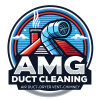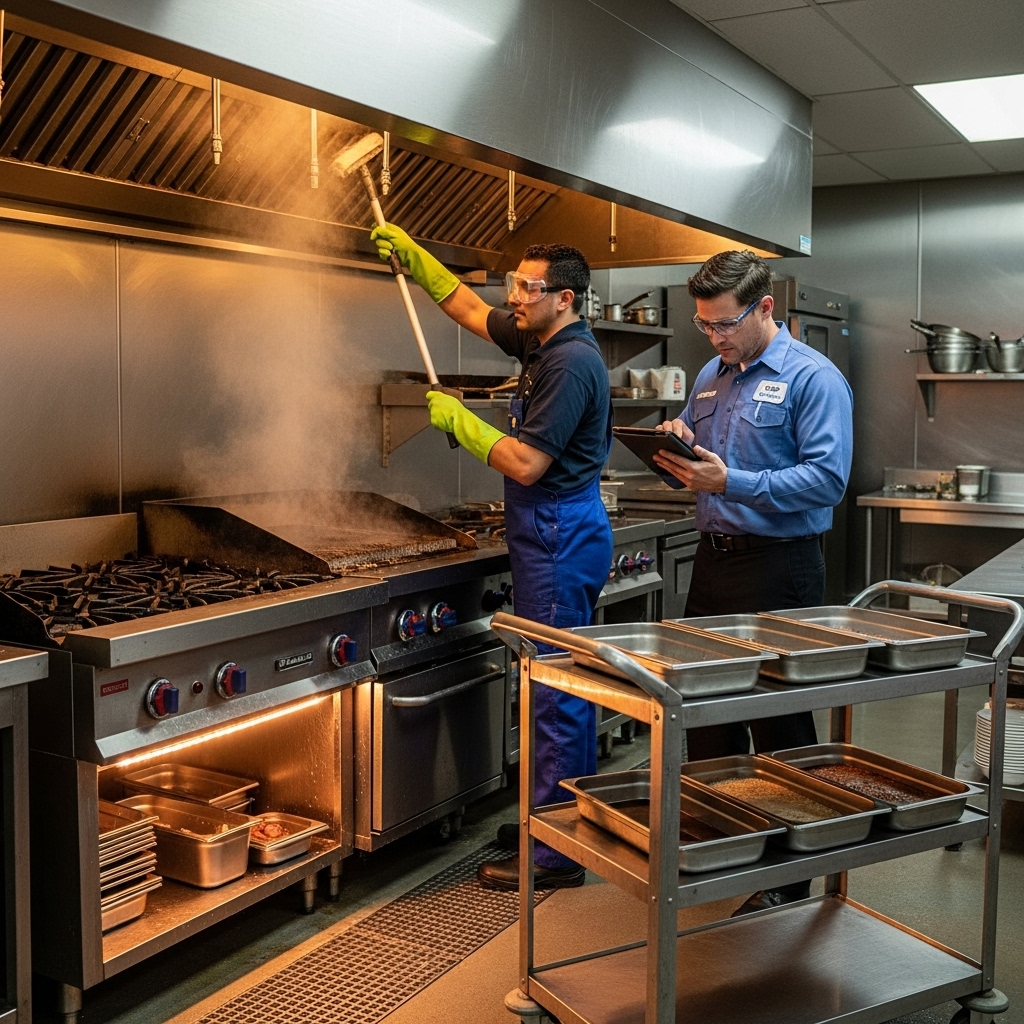Restaurant Kitchen Exhaust Hood Cleaning and Inspection in Somerville, NJ
Restaurant kitchens in Somerville thrive on speed and consistency, but behind every well-executed service is a ventilation system working to capture grease, smoke, and heat. Without disciplined maintenance, residue accumulates inside hoods, filters, ducts, and rooftop fans, creating fire hazards and restricting airflow. A structured approach to cleaning and inspection keeps your team safe, your guests comfortable, and your operation compliant. For many operators, the first step is aligning with a trusted provider of kitchen exhaust hood cleaning who brings both technical skill and an understanding of local inspection expectations.
This guide focuses on restaurant needs: pre-inspection readiness, professional cleaning scope, documentation, and day-to-day habits that support strong capture. Whether you are operating a single-hood bistro or a multi-station concept with heavy charbroiling, the principles remain the same—clean thoroughly, verify performance, and document the work.
Why Cleaning and Inspection Work Together
Cleaning removes flammable residue and restores airflow; inspection confirms that the system is ready for the next service and the next visit from regulators. Treat them as linked processes. After cleaning, verify that fans rotate smoothly, baffles are correctly reinstalled, and seals and access panels are secure. Before inspections, confirm that stickers are current and that reports are organized for quick review. This pairing builds confidence with officials and reduces the chance of last-minute surprises.
Restaurant leaders benefit from a clear chain of responsibility. Assign a manager or supervisor as the point person for ventilation. That person coordinates scheduling, reviews service reports, and ensures internal routines—like filter cleaning—are completed on time. Consistent ownership turns maintenance into a predictable habit.
Inside a Thorough Professional Service
A complete service includes a walk-through to map hood, duct, and fan components; equipment protection; removal and soaking of baffle filters; targeted scraping of heavy deposits; application of approved degreasers; controlled-pressure rinsing; rooftop fan disassembly and cleaning; reassembly; and final detailing with a supervisor walkthrough. Reputable providers document the process with photos and leave stickers on the hood and fan indicating service dates and the next recommendation.
Ask how technicians handle difficult access. In older Somerville buildings, duct runs may include tight turns and limited panels. If any area cannot be reached, reports should note why and propose solutions such as additional access panels or hinge kits. Over time, these improvements make service faster, safer, and more complete.
Pre-Inspection Readiness
In the weeks leading up to a scheduled inspection, review your documentation and visible conditions. Ensure stickers are legible and recent. Conduct a quick internal check: are filters snug and oriented correctly? Is the hood interior free of visible residue? Do fans start quietly and pull air consistently during light production? If anything seems off, schedule service before the inspection date to resolve issues proactively.
Organize reports in a simple binder or digital folder. Include notes from internal filter-cleaning routines and any corrective actions taken, such as belt replacements or access panel installations. When inspectors see structured records, they spend less time searching and more time confirming that your program is effective.
Common Issues and How to Prevent Them
Cosmetic cleaning that ignores ducts and rooftop fans is a frequent problem and a source of violations. Insist on a full scope that includes all parts of the grease exhaust pathway. Another issue is deferred cleaning after menu changes—introducing a charbroiler or increasing fryer capacity without adjusting the cleaning schedule can quickly overwhelm capture. Finally, missing or unreadable stickers create confusion; always confirm that stickers are updated before technicians leave.
Prevent issues by maintaining a simple internal log. Capture observations such as smoke escaping the hood edge, new fan noises, or odors lingering after close. These notes help determine whether the next cleaning should be moved up and provide context to inspectors who ask why you adjusted your schedule.
Staff Habits that Support Strong Capture
Train cooks and dish teams to handle filters carefully, soaking and rinsing them on a predictable cadence. Ensure filters dry fully to prevent drips that stain surfaces and reduce airflow. Wipe visible hood areas at the end of each shift to minimize film buildup. Teach staff to report unusual fan behavior immediately so maintenance can intervene before performance declines.
Consider a brief monthly huddle where the ventilation point person reviews routines, highlights any seasonal adjustments, and answers questions. This ritual keeps the topic top-of-mind and helps new team members adopt the same standard as veterans.
Somerville-Specific Logistics
Roof access can be tight in older or multi-tenant buildings, and winter temperatures introduce extra safety and containment considerations. Plan ahead with property managers for keys, elevator use, and after-hours roof work. On cold nights, ensure rinse lines and containment are managed to avoid freezing. Responsible providers will protect roofing materials and dispose of wastewater properly, supporting both compliance and good neighbor relations.
If your restaurant shares ventilation or roof space with other tenants, coordinate schedules to avoid conflicts. Clear communication reduces downtime and helps ensure technicians can reach all necessary components safely and efficiently.
Frequently Asked Questions
Q: How often should a busy restaurant clean its exhaust system? A: Many high-grease concepts benefit from monthly or quarterly service. Moderate operations often choose quarterly to semiannual intervals. Adjust based on grease observations and inspector feedback.
Q: What exactly do inspectors look for? A: They check for visible cleanliness, updated stickers on the hood and fan, organized reports, and a program that aligns frequency with your cooking volume and methods.
Q: Can we rely solely on staff for cleaning? A: Staff should handle filter care and surface wipe-downs, but internal ducts and fans require specialized tools, chemicals, and safety protocols best provided by professionals.
Q: How long will cleaning take? A: Most services are completed overnight in four to eight hours, depending on hood count, duct complexity, roof access, and the degree of buildup. Plan for cool-down time and next-morning checks.
Q: What are signs that we need service sooner? A: Smoke at the hood edge, sticky residue nearby, strong odors after closing, and fans that are loud or vibrating indicate restricted airflow and the need for cleaning.
Q: Do we need to be present during service? A: It helps to have a manager present at the start and end for access, questions, and walkthroughs. Many providers coordinate directly with your point person and building management for off-hours work.
From Cleaning to Continuous Improvement
Use each service as a chance to improve. Review photos, ask about recurring hotspots, and plan hardware upgrades such as access panels and hinges where needed. Standardize filter routines and track observations so you can fine-tune frequency. Over time, these refinements lead to fewer emergencies, smoother inspections, and more predictable operations during peak service.
Invite your provider to coach staff on safe startup and shutdown procedures after cleaning, how to spot early airflow issues, and how to keep surfaces tidy between deep cleans. A small investment in training yields consistent habits across shifts.
Confidently Schedule Your Next Service
Restaurants that treat ventilation as a core safety system enjoy better air quality, reduced fire risk, and stronger inspection outcomes. Align your cleaning and inspection practices with a provider who documents work clearly, communicates proactively, and understands Somerville’s building realities. When it is time to reinforce safety and performance, schedule expert kitchen hood cleaning services and keep your culinary operations running at full strength.

